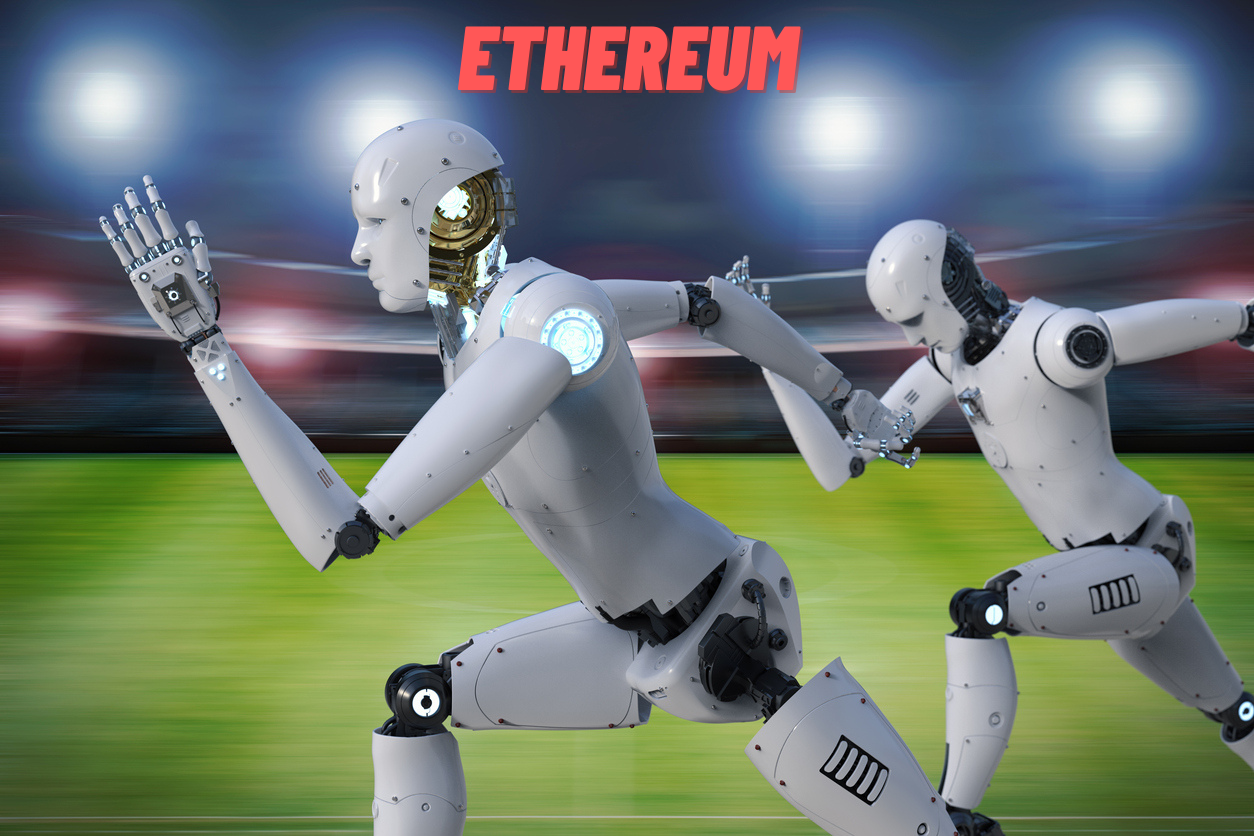How Ethereum Front-Running Works and What You Should Consider

Ethereum’s blockchain tracks the creation and movement of a digital token called Ether. However, miners can cheat the system to make money off of the transactions of other people. This is known as “front-running”: Ethereum front-running happens due to bots being able to bid a slightly higher price on any given transaction, which, in turn, incentivises miners to place earlier in the order when constructing the block. So how does this Ethereum front-running work, and what should you consider in regards to it when considering those cheating the system? Read on to find out in our latest edition of our ongoing, “The Good, The Bad, and The Ugly Side of Ethereum” blog series.
An overview of Ethereum front-running

Front-running in both stock trading and cryptocurrency trading is defined as the illegal practice of utilising insider information in order to make securities purchases with the knowledge that other purchasers are planning on buying the same stock or currency and then proceeding to sell it at a higher price. As mentioned, this happens within Ethereum largely due to bots being able to inflate transaction prices.Ethereum is looking to mitigate this, however. Called “The Merge”, the ability to mine on Ethereum is forecasted to diminish within the next year in favour of “staking”. But while mining is forecasted to be quashed, MEV (Miner Extractable Value) is not so easily done away with.
As Ethereum’s version of front-running, MEV orbits around transaction sequencing: the act of deciding who gets to be “first in line” to claim any given transaction on-chain. Being first in line increases the person’s odds of netting a profit on an arbitrage trade across decentralised finance markets and, as such, traders are willing to pay to be first in line by bidding high gas fees.
What to consider regarding Ethereum front-running
As mentioned earlier, change is coming. While Ethereum front-running may never entirely be done away with, Eth 1.x clients will still be in charge of ordering their transactions; Ethereum’s Beacon Chain will then finalise these transactions by validating them through its staking network. These validators will, in the near future, be equipped with the technology to extract MEV from traders and instead be the thing acting as the arbiter of any given transaction, thus mitigating MEV’s impact.
Looking for more Ethereum, Bitcoin, and general cryptocurrency information and news? Then look no further than the Africapayhub blog! We cover topics such as Bitcoin taproot, how cryptocurrency is forecasted to impact the mobile payment market, the benefits of crypto wallets, and more.
Head on over to the next blog in our ongoing series, The Good, The Bad, and The Ugly Side of Ethereum, to learn more.